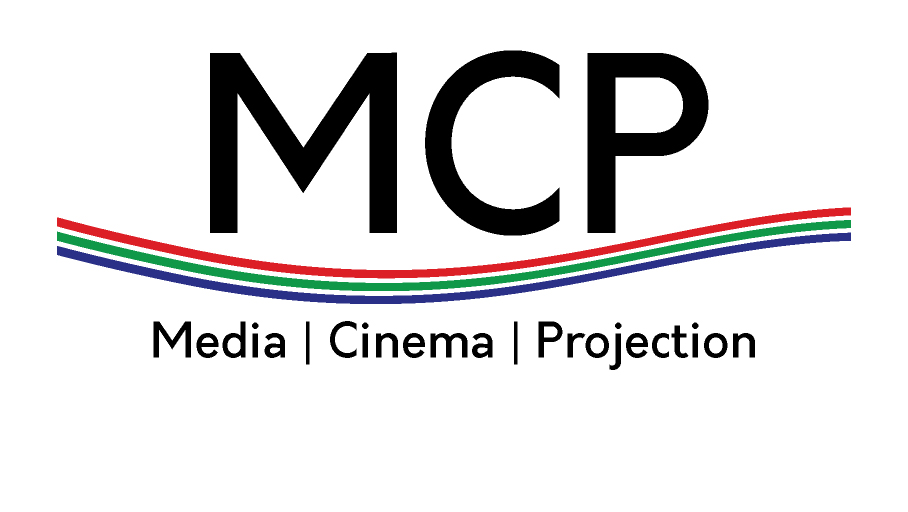
On Monday 22nd October I was lucky enough to attend an event in the NFT 1 at the BFI Southbank entitled: “The Art fo Restoration: Grover Crisp and Lawrence of Arabia“, a very interesting presentation following the UK Premiere of the 4K digital restoration of David Lean’s classic film.
Given the status of this film, I do not intend to talk about its cinematic importance here, there are plenty of other works out there on the subject; this articles more about the technical side of restoration. Much of the information below was taken from the BFI programme notes provided and compiled by the BFI Documentation Unit and included information from an article entitles “You can get a full biography of Grover Crisp and his work on the Blu-Con website” by Steve Chagollan and published in Variety, 2nd October 2012.
The restoration was undertaken by Sony, using their on-lot facility, Colorworks and overseen by Grover Crisp, executive VP of asset management, film restoration and digital mastering at SPE.
Of course this is not the first restoration of this film since its release in 1962, as there was one made in 1988 which was overseen by Robert A. Harris and overseen with assistance from Lean himself, along with is editor Anne Coates. And it is this 222 minute version which formed the basis of this 2012 version.
Anne Coates is the only surviving member of the original core production team and was involved with Sony’s experts at Colorworks who undertook the restoration.
According to Grover the plan was to fix the damage to the film which simply couldn’t be done in 1988 because the technology just did not exist.
In order to do the restoration the original 65mm negative was scanned in at 8K, which according to Crisp is an equivalent resolution to 65mm. There was quite a lot of discussion, and a demonstration around the resolution which was decided upon for the scanning. After the 8k files were reduced to 4k this allowed the team to see the faded, warped, scratched and chemically stained frames to be revealed.
Work was then down to the damaged frames, using the same techniques as those used on modern features to create special effects and CGI.
Apparently only a handful of films in the last 20 years have been shot in 70mm and uses the rarely used 2.2-to-1 aspect ratio.
There was a deliberate decision made to keep the grain in, rather than remove it so that the picture kept its sense of film.
One of the interesting things (for me) was that Grover Crisp spoke about the Preservation of films, not just this restored one, but new ones as well. This version of Lawrence would be printed out to a 65mm film along with a digital copy, as are other new features, whether they originate on film of digital formats. This is all done to help with the long term preservation of features. This of course is not anything which hasn’t been heard else where before. This article, while dating from 2007, in the New York Times explains it all very well, so it is worth another look if you haven’t seen it before: The Afterlife Is Expensive for Digital Movies
